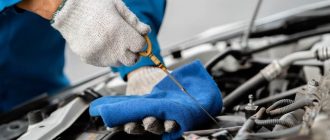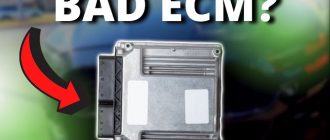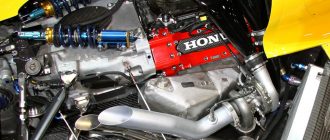What is a Vacuum Leak in a Car Engine?
A vacuum leak is a hole or crack in the intake manifold, carburetor, or other vacuum-operated components of a car engine. This allows air to enter the engine without going through the throttle body, which can cause a number of problems.
Symptoms of a Vacuum Leak
The symptoms of a vacuum leak can vary depending on the severity of the leak. Some of the most common symptoms include:
- Rough idle
- Stalling
- Hesitation when accelerating
- Loss of power
- Increased fuel consumption
- Check engine light
Causes of a Vacuum Leak
Vacuum leaks can be caused by a number of things, including:
- Damaged or cracked intake manifold
- Loose or missing vacuum hoses
- Faulty carburetor
- Damaged EGR valve
- Loose or missing PCV valve
Diagnosing a Vacuum Leak
Diagnosing a vacuum leak can be difficult, but there are a few things you can do to try to find the problem.
- Check for any obvious signs of damage, such as cracks or holes in the intake manifold or vacuum hoses.
- Listen for any hissing sounds coming from the engine. This could be a sign of a vacuum leak.
- Use a smoke machine to find the source of the leak. This is a device that pumps smoke into the intake manifold and looks for any leaks.
- Use a vacuum gauge to measure the vacuum in the intake manifold. A vacuum leak will cause the vacuum to drop.
Repairing a Vacuum Leak
Once you have found the source of the vacuum leak, you will need to repair it. This may involve replacing the damaged component or simply tightening a loose hose.
If you are not comfortable repairing the vacuum leak yourself, you can take your car to a mechanic to have it repaired.
Preventing Vacuum Leaks
There are a few things you can do to prevent vacuum leaks from occurring in the future:
- Inspect your vacuum hoses regularly for any signs of damage.
- Make sure all vacuum hoses are properly connected and tightened.
- Avoid overtightening vacuum hoses, as this can damage them.
- Have your car serviced regularly by a qualified mechanic.




